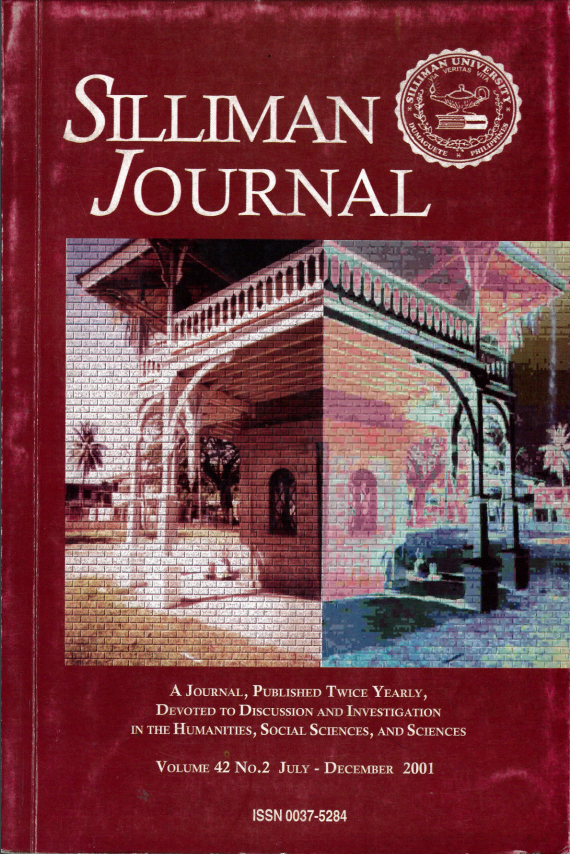Aspects of Biology and Conservation of the Philippine Cockatoo Cacatua Haematuropygia on Rasa Island, Palawan, Philippines
Abstract
The Philippine cockatoo, (Cacatua haematuropygia), is a highly endangered bird species. Since three years ago, the Philippine Cockatoo Conservation Program has been carrying out a project in southern Palawan 0 saw this species from extinction. The project area comprises the small coral wood of Rasa (8.3 km2 ) in the Sulu Sea, which belongs to the municipality 4( Noma in southern Palawan. The vegetation of the island consists of predominantly old growth mangrove and coastal forest, with a fair presence of suitable nesting and feeding trees. One of the activities of this program is gathering information on the Nomervation status, population dynamics, feeding, and breeding biology of the species. As of 2000, the density of cockatoo breeding pairs was 1.6 breeding pairs per km2. At the end of the breeding season in 2000 the Itheifnum density was 6.7 individuals per km2 which reflects the high pvtortion of non-breeding birds. Following an ecosystematic, rather than a purely species conservation approach, with the cockatoo serving as flagship species, the project activities ol Rasa consequently include all terrestrial and marine ecosystems of the Wand. Basic inventories of woody plants, fishes, reptiles, birds, and mammals hem been conducted. The project also follows a strongly community-based approach to management which involves all stakeholders in the design of the project from the beginning. Aside from the conservation work, other components of the erect include information-education-communication campaigns, alternative livelihood and community organizing.


